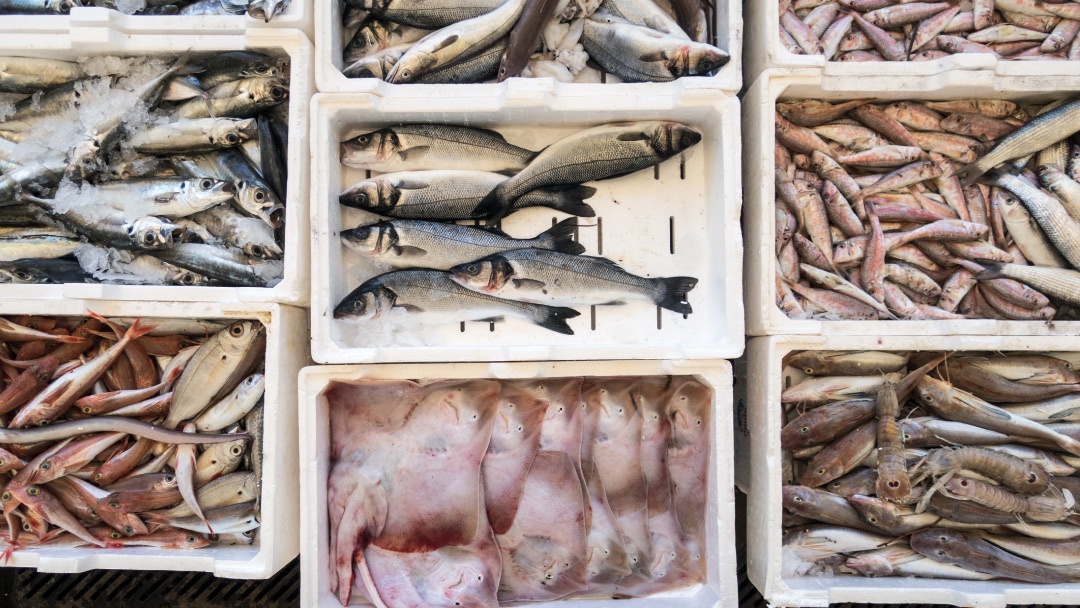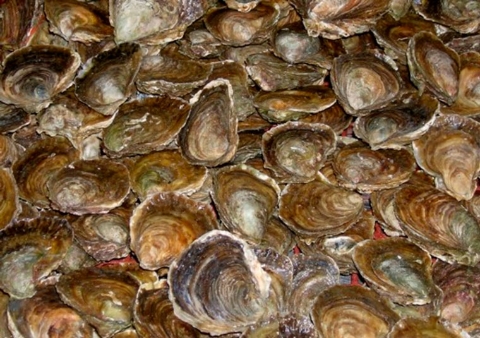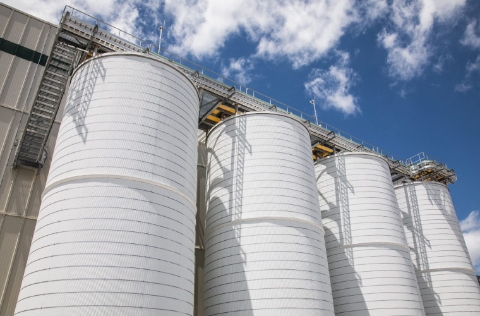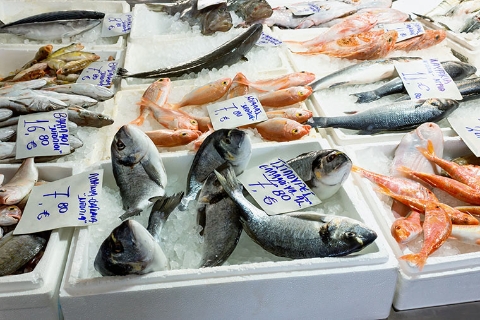
The European Commission has recently resealed the Product Environmental Footprint Category Rules (PEFCR) for Unprocessed Marine Fish Products, setting out clear guidelines for assessing the environmental footprint of both wild-caught and farmed marine fish placed on the EU market.
This technical document forms part of the Product Environmental Footprint methodology-an initiative led by the European Commission to harmonise how environmental impacts of products are calculated, thereby allowing for more objective comparisons. The guidelines are particularly relevant for aquafeed manufacturers, as they outline how to incorporate the environmental impacts of feed ingredients into the overall assessment of the final product.
In the case of farmed fish, the environmental impact must be calculated for the entire production cycle-from juvenile rearing and grow-out to transport, packaging, usage and storage.
Moreover, the environmental impact of feed must be calculated in line with the PEFCR for feed for food-producing animals, a document previously published by the European Commission.
This means that feed producers will need to provide data that is compatible with the Product Environmental Footprint format, allowing aquaculture companies to accurately include that information in their own environmental assessment. It is anticipated that this will lead to greater traceability and transparency throughout the feed supply chain, especially with regard to the origin of ingredient (marine or plant-based), associated emissions, resource use, and other key environmental indicators.
The integration of these rules may also serve as a valuable tool for feed producers to demonstrate improvements in sustainability, optimise feed formulation, and access markets with more demanding environmental standards. Aligning with the PEF methodology will also help stakeholders anticipate upcoming regulations relating to eco-labelling and green public procurement criteria within the EU.
The PEFCR for feed was developed by a Technical Secretariat composed of representatives from the European fisheries and aquaculture sectors. Among its members are organisations such as the Norwegian Seafood Federation (Sjømat Norge), which acts as coordinating body, alongside FEFAC, FEAP, AIPCE-CEP, and companies including Cermaq Norway, Lerøy Seafood Group, Pelagia, and Royal Greenland. Research centres and consultancies such as Asplan Viak AS, Force Technology, and PRé Sustainability also contributed. The project received partial funding from both members of the Technical Secretariat and the Norwegian Seafood Research Fund (FHF).
The guidelines will remain in force until 31 December 2025, and are available at: www.marinefishpefcr.eu/resources



